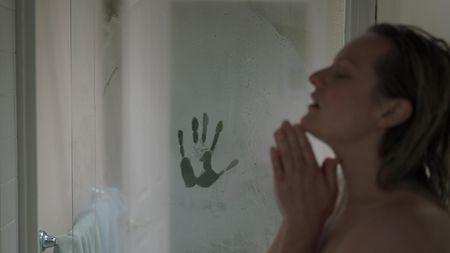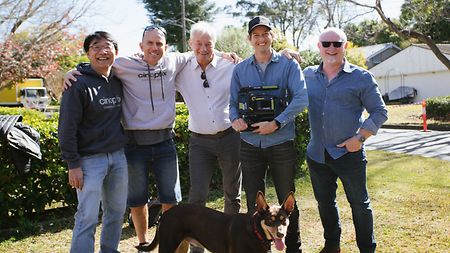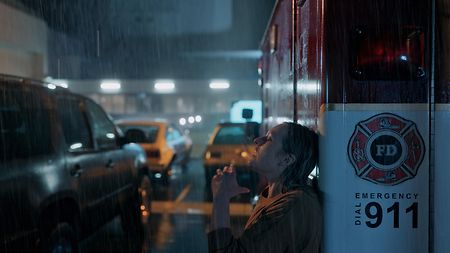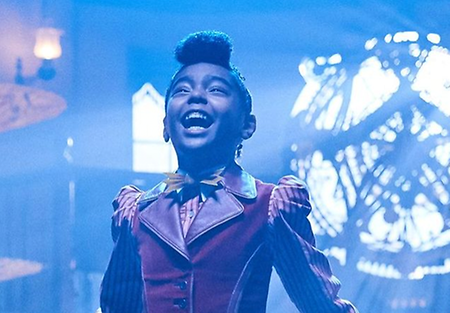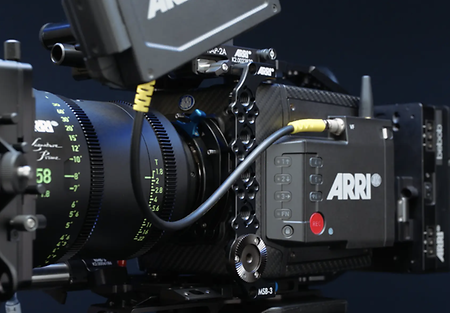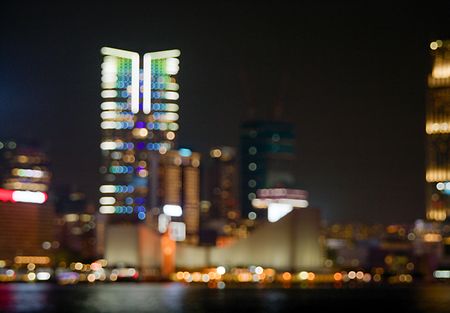“The Invisible Man” by director Leigh Whannell is a terrifying modern remake of Universal’s classic monster story. What was the visual idea behind your version of the tale?
Leigh and I had worked together on a movie before called “Upgrade” and we both enjoyed creating a visual language unique for that film. There we employed a lot of in-camera motion tracking for our lead actor during action sequences and Leigh was interested in evolving that in “The Invisible Man” which features a character you can’t see. He wrote an absolutely thrilling script and he pushed me and the crew to come up with innovative ways to shoot the film.
“The Invisible Man” is about a woman named Cecilia (played by Emmy winner Elisabeth Moss) escaping an abusive partner. We were very interested in her highly paranoid point of view and, therefore, suggestively filmed empty spaces, letting the camera linger hauntingly on the mundane corners of a room. We also framed characters in an unusual way that would suggest someone else could be inhabiting the negative space in the frame. Focus might push past a foreground character into an unlikely area of the frame.

